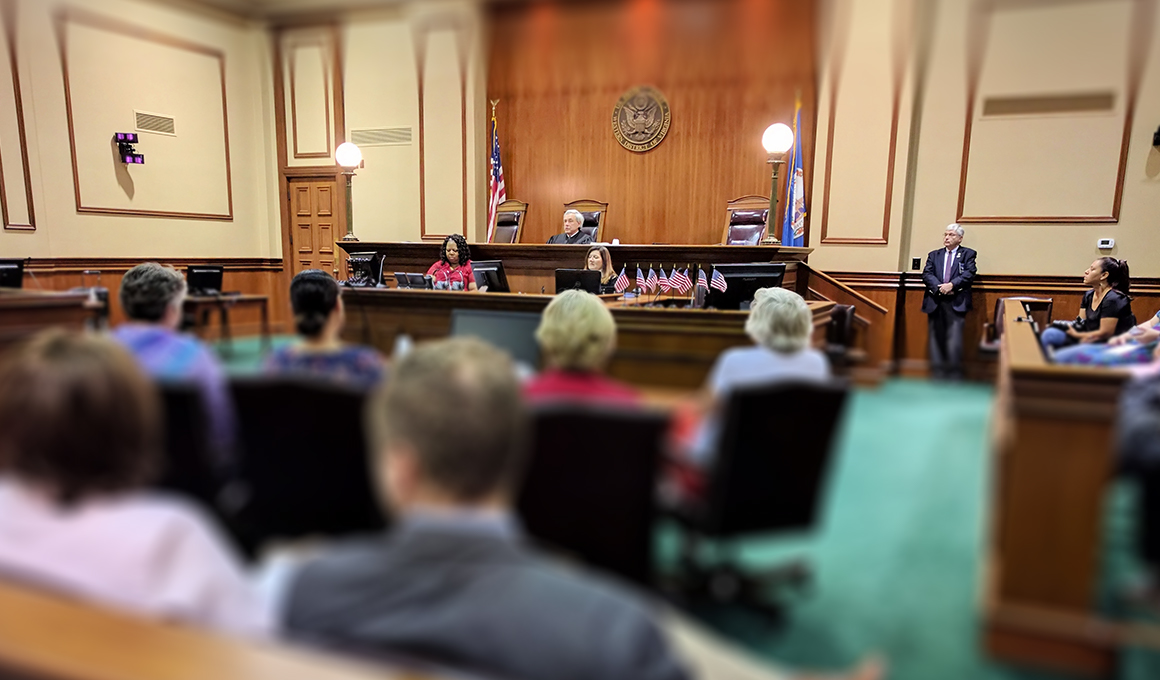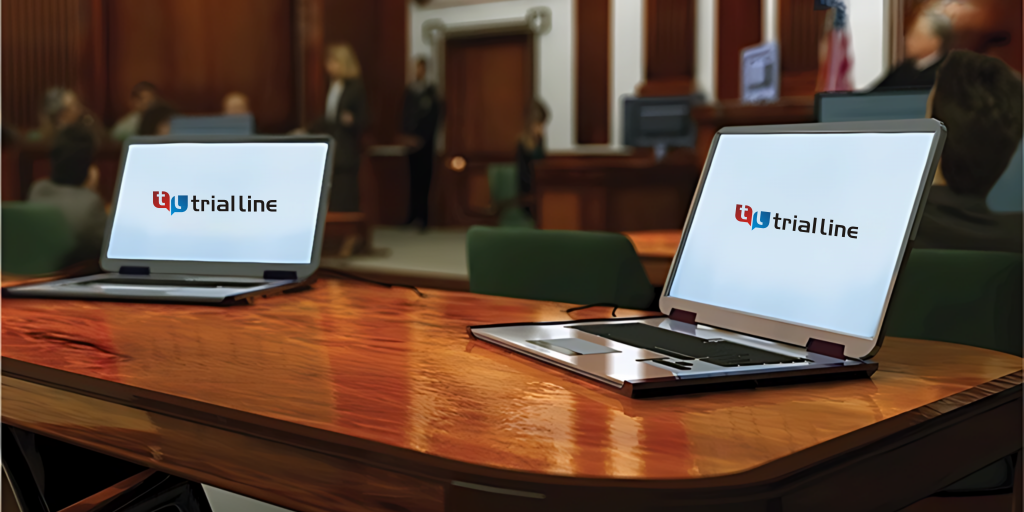Persuasive arguments require well-crafted trial presentations that make legal arguments compelling.
Persuasive arguments require well-crafted trial presentations that make legal arguments compelling.
Blog Article
How Trial Presentations Enhance Your Argument and Convince Jurors
Trial presentations act as a crucial device for boosting legal disagreements and encouraging jurors. By integrating aesthetic aids, narrative structures, and psychological interaction, lawyers can develop a compelling situation that resonates on multiple levels. The critical use visuals not only clarifies complicated info however also captures jurors' attention better than words alone. Nevertheless, the art of narration plays a similarly essential function in changing accurate evidence right into an engaging narrative, shaping jurors' assumptions - trial presentations. Recognizing these components can dramatically affect test results, increasing the concern of just how each element adds to this intricate dynamic.

Relevance of Visual Help
Visual aids play an essential function in enhancing the performance of test presentations, as they can dramatically raise audience engagement and retention of details. In the context of a test, where jurors are tasked with processing complex info, visual aids serve to streamline and make clear bottom lines. Charts, graphs, and images can convey information and ideas that may otherwise bewilder or perplex jurors, permitting a more straightforward understanding of the evidence offered.
Additionally, visual aids help in maintaining juror interest throughout the process. By breaking the dullness of spoken statement, these devices can punctuate crucial arguments, making them much more unforgettable. Efficient visual aids can likewise stimulate psychological feedbacks, which can be crucial in persuading jurors to straighten with the speaker's story.

Crafting Engaging Narratives
A compelling narrative is important in test discussions, as it works as the foundation of reliable persuasion. It allows attorneys to weave together realities, proof, and emotional components right into a meaningful tale that resonates with jurors. This narrative framework allows jurors to recognize the complexities of the situation while directing them with the lawyer's argument.
To craft a compelling narrative, lawyers need to concentrate on quality and comprehensibility. This entails establishing a clear lead character-- commonly the client-- and detailing their journey via the events concerned. Offering the truths in a rational sequence boosts understanding and keeps interaction. In addition, the usage of vibrant summaries can develop mental images that help jurors imagine the events, making the story extra remarkable.
In addition, incorporating essential themes throughout the presentation reinforces the core message and aids in retention - trial presentations. The narrative should not only share info yet likewise stimulate a feeling of justice, highlighting the risks entailed. Ultimately, a well-constructed narrative fosters a connection between the jurors and the situation, positioning the attorney's debate as both legitimate and compelling, consequently raising the chance of a positive verdict

Engaging the Jury Psychologically
Reliable jury engagement pivots on the visit this page lawyer's ability to link with jurors on an emotional degree. This connection can dramatically impact jurors' assumptions and their supreme decision-making.
Visual help, such as photographs or video clips, can better boost psychological involvement, supplying jurors with brilliant depictions of the instance's human elements. Crafting a narrative that highlights the battles and accomplishments of the people included makes sure that jurors see past the lawful arguments and identify the human consequences of their decisions.
An attorney's passionate delivery can resonate with jurors, strengthening their emotional investment in the situation. It's important to stabilize psychological appeals with accurate proof, guaranteeing that jurors really feel compelled to act while staying grounded in the fact.
Structuring Your Discussion

The body of the presentation must be rationally fractional right into crucial points, each sustained by engaging evidence. It is advantageous to use narration methods to weave truths right into a story that jurors can conveniently comply with. Aesthetic aids, such as graphes and videos, can boost comprehension and involvement, helping to highlight critical pieces of evidence.
Real-World Study
Analyzing real-world situation research studies offers very useful insights into the art of trial discussions and persuasion. The defense team efficiently used a technique that integrated top-level professional testaments with multimedia presentations, which captivated jurors and eventually affected their decision.
Another significant example is the "McDonald's Coffee Instance," where the complainant's lawyers made use of visuals images of the injuries sustained by Stella Liebeck. trial presentations. This stark aesthetic evidence played an essential function in communicating the severity of her burns, bring about a substantial jury honor. Such instances demonstrate that impactful test discussions typically pivot on the efficient assimilation of visuals and narration to go to the website evoke emotional actions from jurors
Furthermore, the "Casey Anthony Trial" highlighted the value hop over to here of narrative comprehensibility and trustworthiness. The prosecution's failing to establish an engaging timeline decreased their influential power, highlighting the requirement of a well-structured presentation. Assessing these instances exposes that successful trial presentations need strategic preparation, psychological engagement, and the ability to resonate with jurors' worths and ideas.
Final Thought
Test discussions significantly enhance arguments and convince jurors with the critical usage of aesthetic aids, compelling stories, and emotional engagement. A well-structured presentation equilibriums emotional charms with valid proof, inevitably resonating with jurors' worths.
Report this page